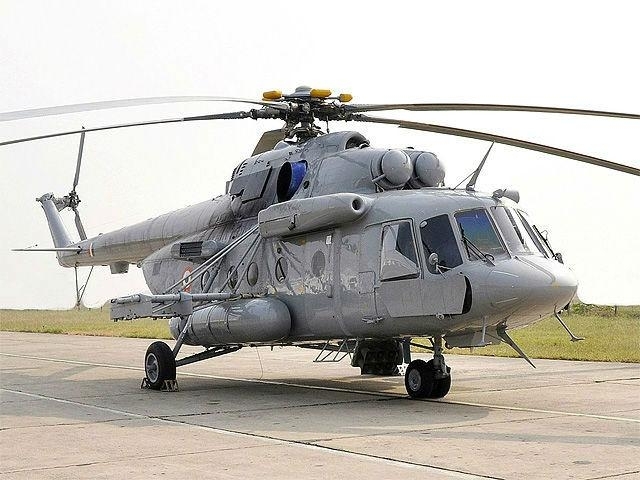
Vijay Mohan
Chandigarh, August 17
The ongoing Russia-Ukraine conflict has impacted the supply chain of spare parts for aircraft, both in terms of availability of items as well as increased monetary costs, forcing the Indian Air Force to spur up its indigenisation efforts.
“The conflict has had a strong impact on the availability of spares for Russian-origin aircraft and in the bargain we have gone in for indigenisation of certain parts and components that we would not have pursued otherwise,” Air Commodore Rajeev Shrivastava, Air Officer Commanding, No.3 Base Repair Depot (BRD) said on Thursday.
Located at Chandigarh, 3 BRD is responsible for the maintenance and overhaul of Russian-origin helicopters in the IAF’s inventory and AN-32 aircraft engines as well as developing technology for the indigenous production of aero-spares.
Air Commodore Shrivastava said that the depot has already indigenised over 15,000 types of spares for the IAF’s Mi-17 series of helicopters as well as the Kamov variants in service with the Navy.
The conflict has further given an impetus to the indigenisation efforts and over the next five years, it is endeavoured to end dependence on foreign suppliers. The indigenisation of many components and complex sub-systems has been completed and many projects are at an advanced stage, he added.
The IAF has a large fleet of Mi-17 medium lift helicopters (MLH) that form the back bone of its vertical lift component. These include the older Mi-17 and the Mi-17 1V as well as the latest Mi-17 V5 variant, totaling about 270 platforms.
“The biggest challenge of the depot has been sustenance of the huge MLH fleet with limited or no support from the original equipment manufacturers in terms of supply of critical spares,” Air Commodore Shrivastava said.
“We have been mitigating the challenge through life revision studies, outsourcing, innovative in-house technology, reclamation and indigenisation in collaboration with the industry and academia,” he added.
For example, the IAF is undertaking a project with the Punjab Engineering College, Chandigarh, to develop an artificial intelligence based tool for health monitoring and preventive maintenance of Mi-17 aero-engines.
The depot, in association with Defence Research and Development Organisation and other public and private agencies, has also developed the capability to overhaul the Mi-17 V5 variant and its aggregates indigenously, for which there had been no transfer of technology from Russia.
According to IAF officers, the overhaul of a Mi-17 overseas costs about Rs 6 crore per aircraft with a time cycle of about 12 months. With indigenous capability, this is reduced to just Rs 80 lakh per aircraft with a time frame of four months.
Though the IAF began overhauling the older variants of the Mi-17 in 1992 for which Russia had then transferred technology, the project to develop indigenous technology for the 1V and V5 versions, which have different engines, avionics suits and flight parameters, began in 2019.
The Mi-17 requires to be overhauled after 2,000 flying hours or 10 years. The IAF’s projected requirement is to overhaul about 30 helicopters every year, for which it is working out a plan for roping in the private sector to provide manpower, equipment and spares and execute specified tasks under its control and supervision.
